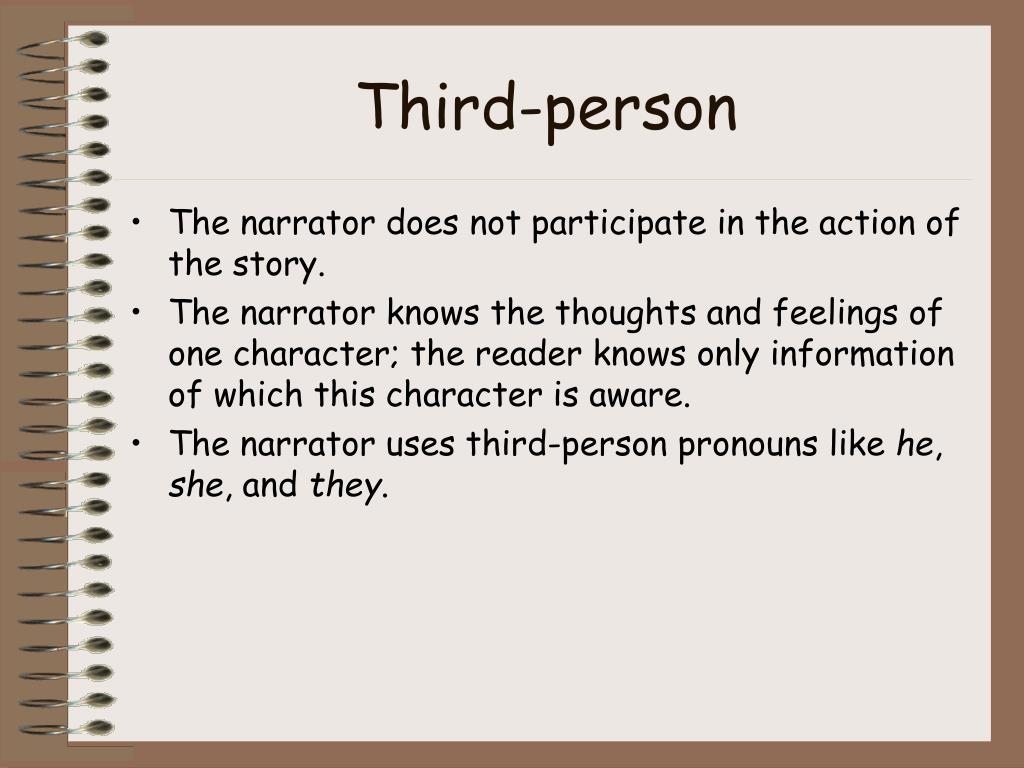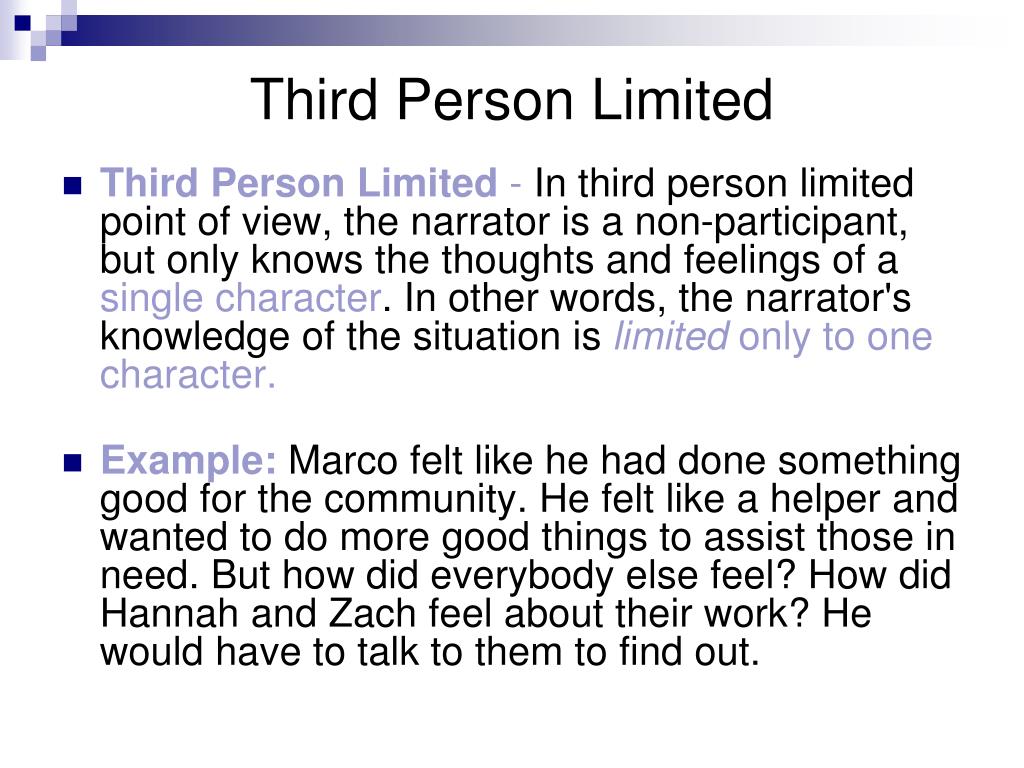

Limitations : As one character is the sole narrator, the reader might have a limited view of this fictional world. Benefits : This approach can build a closer relationship between the character and the reader.The reader bases their understanding of what is described through the character’s perspective, experiences and feelings. The first person narrative is often based around one character.There are limitations and benefits to both points of view. Writing in the first or third person produces different types of relationships between the narrator, the characters and the reader. It also means the reader wouldn’t know about the gap in space and time until Marcus discovered it for himself, but then his curiosity becomes our curiosity, and his adventures through space and time become ours too. Saying ‘I’ and ‘me’ can have the effect of making your reader feel closer to the character and gives us a clear idea of their voice. I’ve been training since I was a kid.īut, you know what, I’m starting to realise. I totally love all sports, tennis most of all. This means writing it as if Marcus is narrating his own story. Now let’s go back and write the story from a different point of view, the first person. For example, I could go on to explain that the lost racquet had slipped through a gap in space and time. It lets you describe what happens beyond the character’s experience and understanding. This perspective is called writing in the third person. Marcus loved sports of all kinds and he loved tennis most of all.


One approach is to write about the characters and events as an observer, like this: When you write a story you need to decide on the point of view of the narrator.


 0 kommentar(er)
0 kommentar(er)
